Increase in Chronic Disease Management
The rise in chronic diseases is a pivotal factor influencing the Pharmacy Repackaging Systems Market Industry. With an increasing number of patients requiring long-term medication management, the need for efficient repackaging solutions has become more pronounced. Chronic conditions such as diabetes, hypertension, and cardiovascular diseases necessitate regular medication adherence, which can be facilitated through effective repackaging systems. Data suggests that the prevalence of chronic diseases is expected to rise, leading to a corresponding increase in demand for repackaging solutions that cater to these patients' needs. This trend is likely to drive the growth of the Pharmacy Repackaging Systems Market Industry as pharmacies seek to provide better management solutions for chronic disease patients.
Regulatory Compliance and Safety Standards
The Pharmacy Repackaging Systems Market Industry is increasingly influenced by stringent regulatory compliance and safety standards. Regulatory bodies are imposing more rigorous guidelines to ensure the safety and efficacy of medications, which necessitates the adoption of advanced repackaging systems. Pharmacies must comply with these regulations to avoid penalties and ensure patient safety. The implementation of repackaging systems that meet these standards not only helps in compliance but also enhances the overall quality of care provided to patients. As a result, the demand for compliant repackaging solutions is expected to rise, further propelling the growth of the Pharmacy Repackaging Systems Market Industry.
Growing Focus on Cost Efficiency in Pharmacies
Cost efficiency is becoming a critical driver in the Pharmacy Repackaging Systems Market Industry. As pharmacies face increasing pressure to reduce operational costs while maintaining high-quality service, repackaging systems that streamline processes and minimize waste are gaining traction. By automating the repackaging process, pharmacies can significantly reduce labor costs and improve turnaround times. Market analysis indicates that pharmacies implementing these systems can achieve cost savings of up to 30%, making them more competitive in a challenging market. This focus on cost efficiency is likely to drive further investment in repackaging technologies, thereby enhancing the growth prospects of the Pharmacy Repackaging Systems Market Industry.
Rising Demand for Medication Adherence Solutions
The Pharmacy Repackaging Systems Market Industry is experiencing a notable increase in demand for solutions that enhance medication adherence among patients. As healthcare providers emphasize the importance of ensuring patients take their medications as prescribed, repackaging systems that facilitate easier access and organization of medications are becoming essential. According to recent data, nearly 50% of patients do not take their medications as directed, leading to increased healthcare costs and adverse health outcomes. This trend is driving pharmacies to adopt advanced repackaging systems that not only improve adherence but also streamline operations. The integration of technology in these systems allows for better tracking and management of medication regimens, which is likely to further propel the growth of the Pharmacy Repackaging Systems Market Industry.
Technological Advancements in Repackaging Systems
Technological advancements are significantly shaping the Pharmacy Repackaging Systems Market Industry. Innovations such as automated dispensing systems, barcode scanning, and real-time inventory management are enhancing the efficiency and accuracy of medication repackaging. These technologies reduce human error, which is critical in a sector where precision is paramount. The market for automated pharmacy systems is projected to grow at a compound annual growth rate of over 10% in the coming years, indicating a robust shift towards automation. As pharmacies seek to optimize their operations and improve service delivery, the adoption of these advanced repackaging systems is likely to become more prevalent, thereby driving the overall market growth.


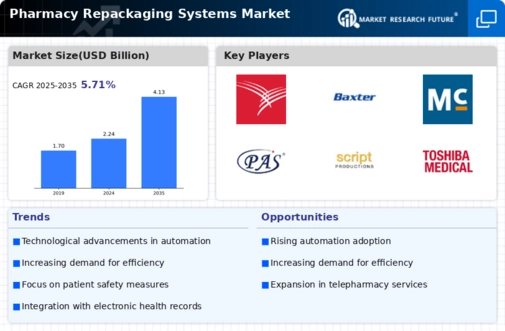


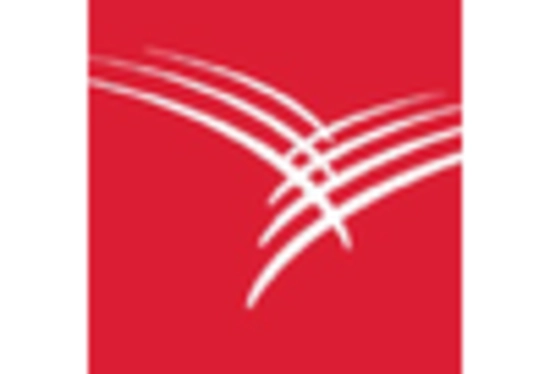
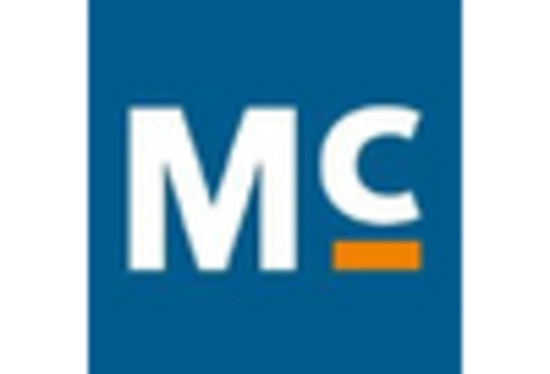
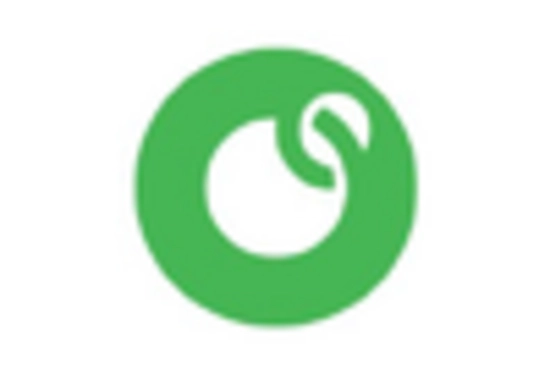
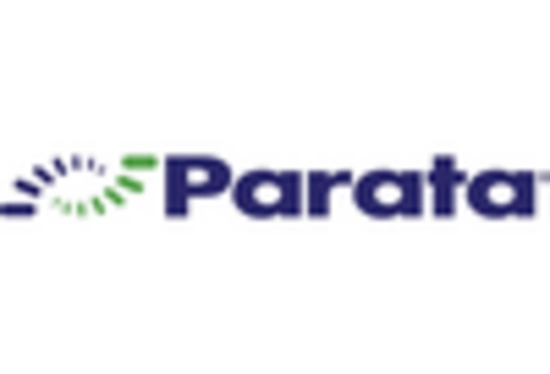
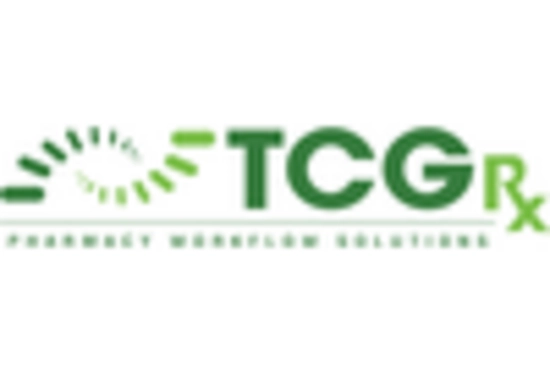








Leave a Comment